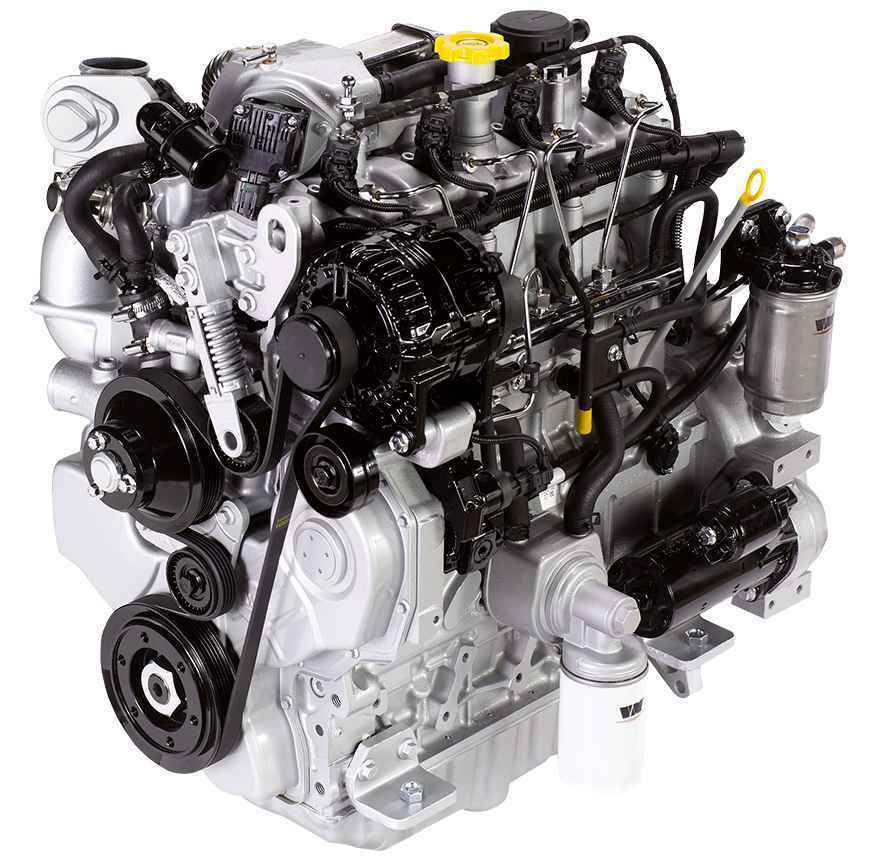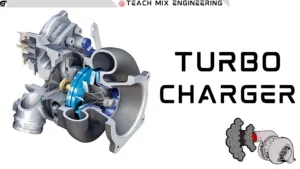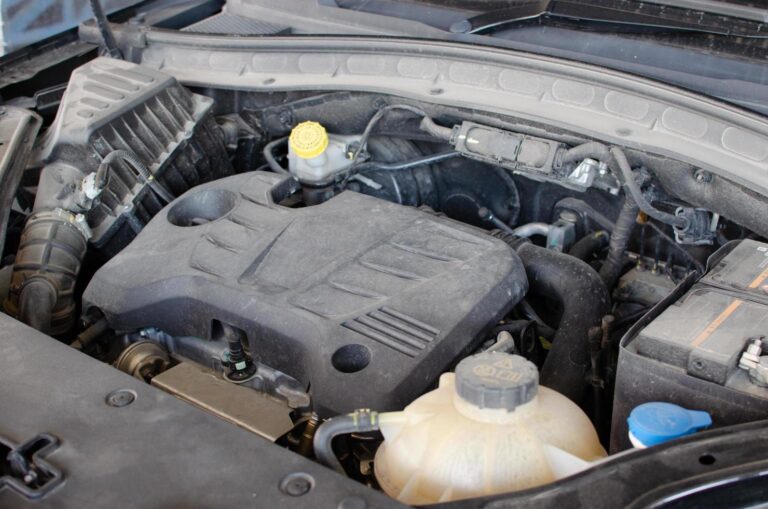Turbochargers are automobile components that increase vehicle performance by pushing new air into the engine and releasing exhaust fumes from the same. Alfred Buchi designed them in 1905, and they have subsequently progressed significantly, becoming standard engine components. The mechanics of turbochargers, which consist of a compressor and a turbine, are fairly straightforward. The exhaust gases have an exit, which spins the turbine and acts as a suction pump for fresh air from the outside.
When the engine is turned on, exhaust gases are drawn from the exhaust and directed into the turbocharger. They aid in the rotation of the turbine’s wheel, which is coupled to the compressor. This, in turn, draws in the fresh air. The air enters the engine through the intake. However, sucking the air causes it to warm up as it is compressed.

As a result, automobiles contain an additional component known as the intercooler. The blow-off valve is connected to the inlet manifold and produces the trademark whooshing sound when excessive air is drawn into it. The wastegate is a component connected to the exhaust manifold that aids in the release of surplus gases outdoors. It also causes turbo whistling or turbo flutter.
Turbochargers advantages:
- The primary function of turbochargers is to increase power delivery and performance.
- Another advantage is increased efficiency if the automobile is driven attentively.
- A turbocharger improves the performance of smaller engines, particularly 1.0-liter mills, which would otherwise be slow.
Turbocharger disadvantages:
- Turbo lag occurs when turbochargers, particularly powerful turbochargers, take a long time to spool up and deliver an effective boost.
- Boost threshold For classic turbochargers is frequently sized for a specific RPM range where the exhaust gas flow is enough to give an additional boost for the engine. They often do not have the same RPM range as superchargers.
- Power surge With some turbocharger installations, particularly with bigger turbos, achieving the boost threshold can create an almost immediate increase in power, which may affect tire grip or cause some car instability.
Turbocharger types
However, there are several difficulties to be aware of. One such issue is turbo lag, which refers to the additional time spent waiting for more power to be produced. The power band is often too narrow, which slows overall boost times. There are several types of turbochargers available for automobiles.
They include Twin and Single Turbo units, as well as Twin-Scroll Turbo. Then there’s Variable Twin Scroll Turbo, which is uncommon but one of the most sophisticated choices, operating on the VGT concept but providing higher performance at a low cost of construction.
Variable Geometry Turbo (VGT) is a single-turbo system having vanes within the unit that aid in airflow management and turbine rotation. This results in increased overall efficiency as well as enhanced power delivery. Another form of a unit that is a cutting-edge device to employ is an electric turbo.
It handles a variety of problems, including excessive heat and general turbo latency. There are no longer any power outages or inefficiencies. With the electric motor connected to the turbine, the turbo unit spools up faster, resulting in increased overall efficacy.




